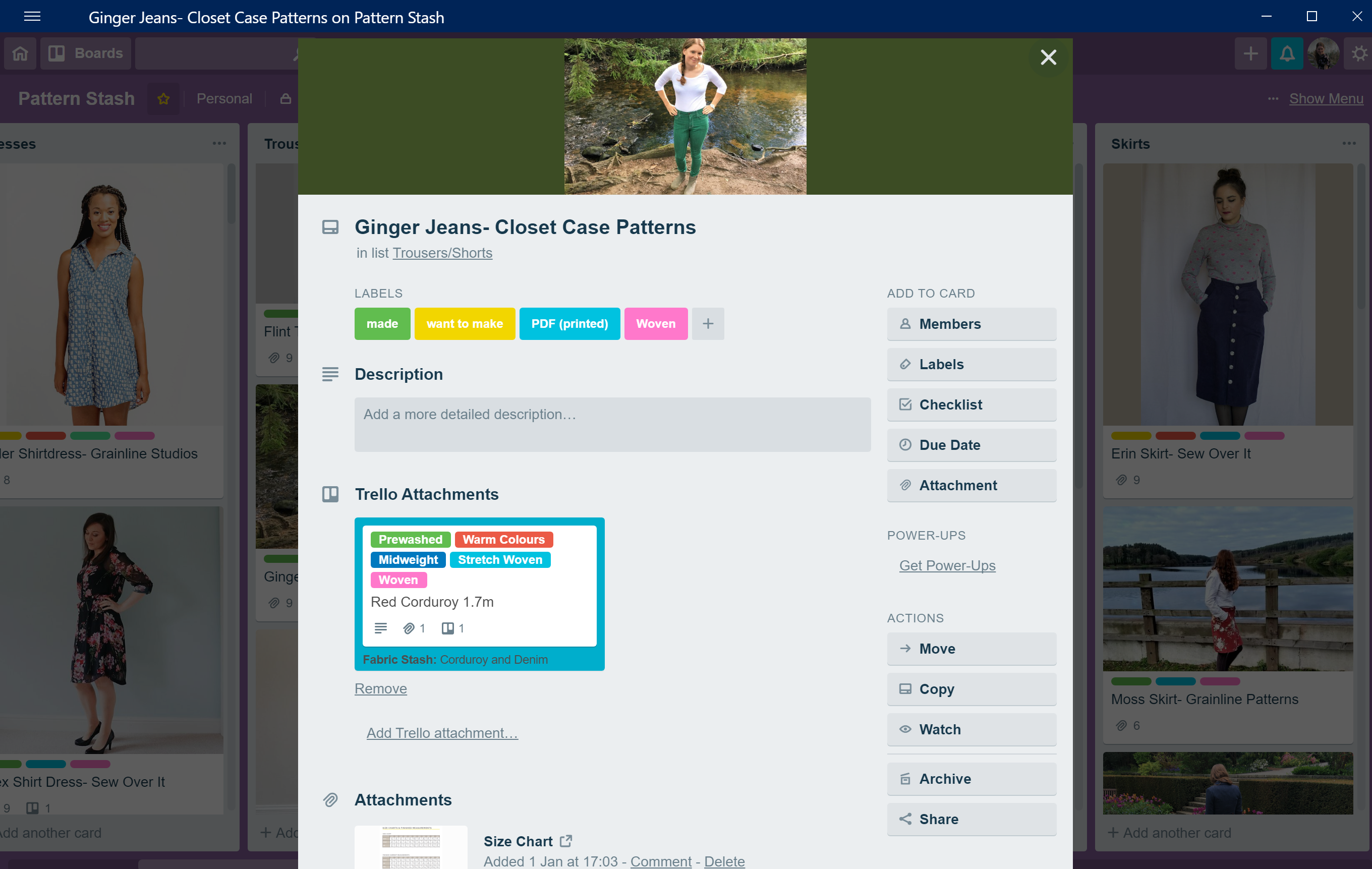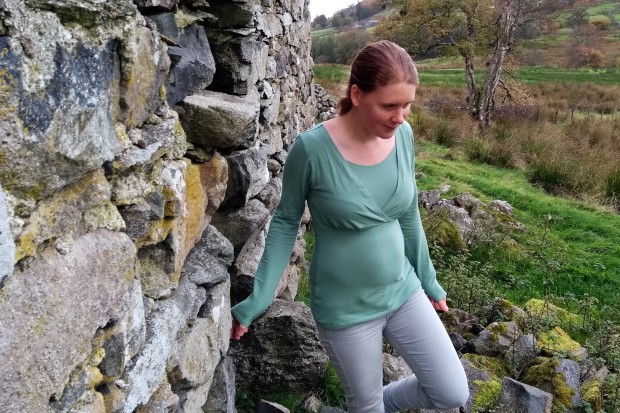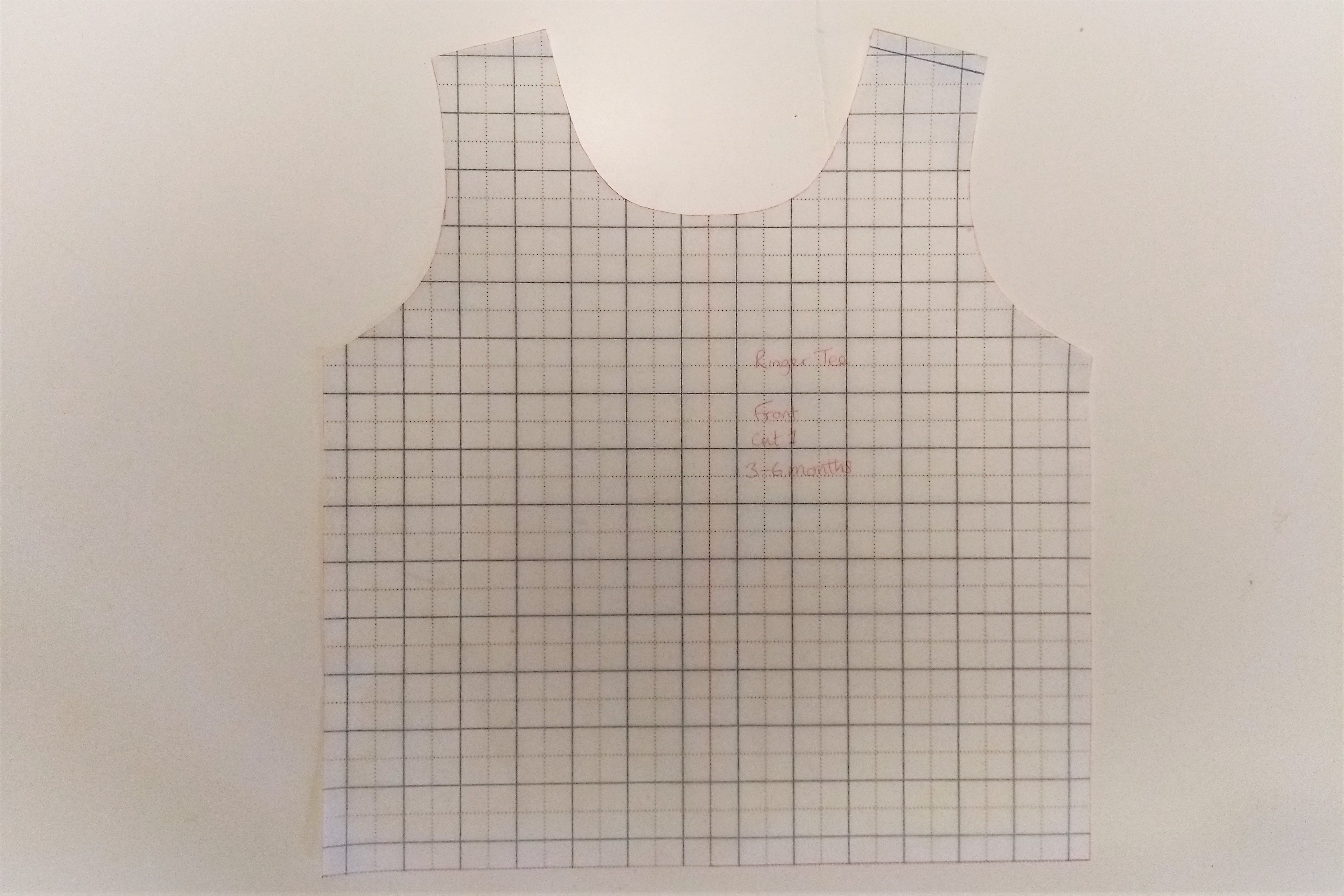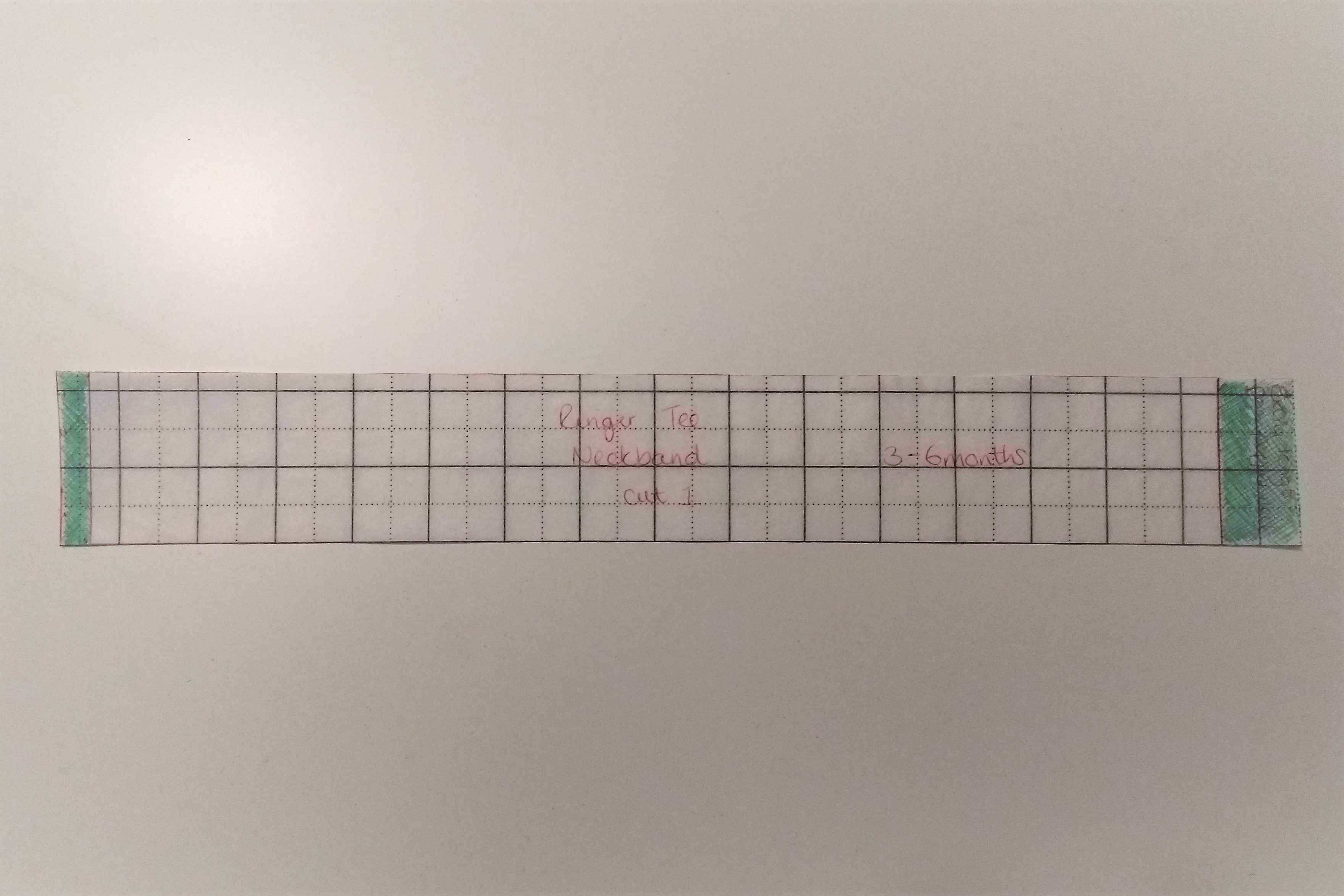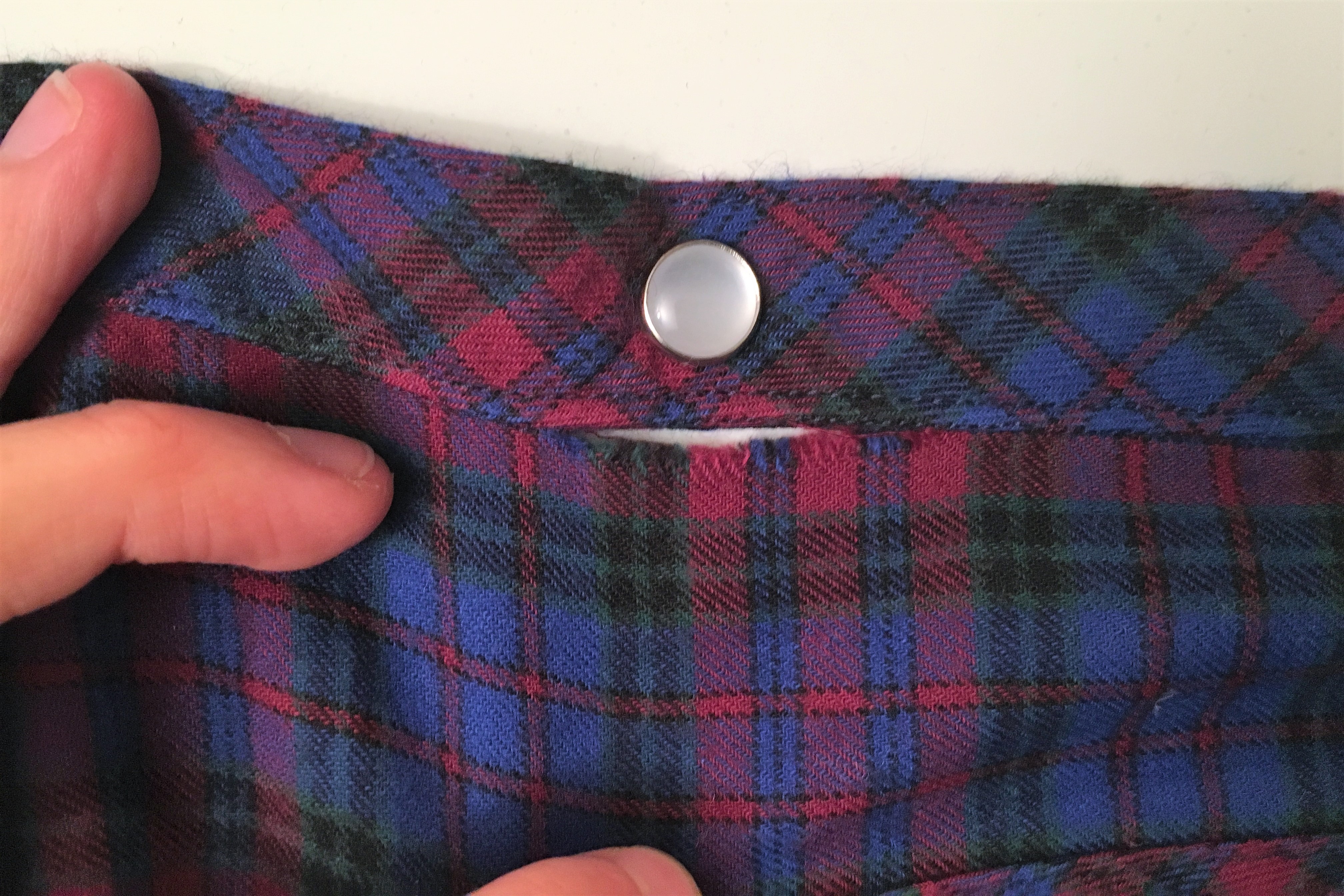I’ve been thinking about sewing smarter rather than sewing more. Part of that has been to plan and cut in batches. The next phase is to plan stratecigally about what I sew, so I’ve decided to plan Toby clothing as a whole capsule for the next year or so. It’s a bit like the planning I did for Lottie before she was born, and the yellow bananas set, but on a bigger scale.

First, I wanted to think about the fabrics that I have ready to sew for Toby and how they might fit together. I came up with a bit of a colour scheme based on fabrics that I definitely wanted to use, and then looked for a colour palette that included them.

Now that I had a collection of colours, I went back to my fabric and pulled out any others that would fit in, including a few prints and lots of solids. I also looked out for some extras to fill in the gaps in a few fabric shops, because it seemed like a great excuse for a little fabric shopping!

This is what I came up with. The fabrics are mostly knits of a mixture of different weights from t-shirt jersey to sweatshirting. Most of the clothes that I make Toby are stretchy because he wants to be able to move freely, though I think I might also pull in a few cotton or linen type fabrics too. I’m hoping that this capsule will be sufficient for approximately a year, so I’m planning to make things with a bit of growing room and to suit a range of weather too. I’m hoping to be able to include a few quirky and unique touches like some of the animal inspired outfits I made in the past, but keep everything as interchangeable as possible.

Once the fabrics are finalised, it was time to think about patterns and quantities. I’m not sure yet if I will end up making everything or if I will supplement what I make with hand me downs, charity shop finds or even a few ready to wear pieces. The clothes will all get a lot more wear by keeping the number of items low, so they all need to be able to withstand lots of wearing and washing.
I decided that Toby probably needs:
- 5 short sleeved t-shirts
- 5 long sleeved t-shirts / lightweight jumpers
- 2/3 warmer jumpers / hoodies
- 5 pairs of trousers- 3 warmer, 2 lighter
- 2/3 pairs of shorts
This should be enough to avoid washing every few days, but few enough that they should all be able to coordinate and also get worn regularly. To make it as simple as possible to get him dressed I’m going to keep the prints to the top half, so they can be layered up but should match with any of the shorts or trousers.

I already have a great selection of patterns to choose from, so I don’t think I’m going to look for any new ones particularly, unless I come across a real gap. Some of the ones that I’m already planning for are a zip hoodie, some joggers, ringer tees, and a yet to be blogged grow with me pattern. I’ve also bought a few other patterns recently so I’m looking forward to incorporating those too.

I’m really excited now about the prospect of creating a structured and cohesive set of clothing. Now I need to start pairing fabric to patterns and get started. A few of the items are already underway or completed so they will be appearing here shortly. I’ve also been planning something similar for Lottie (and got sucked down a fabric rabbit hole) so I’m quite excited about that too!




























